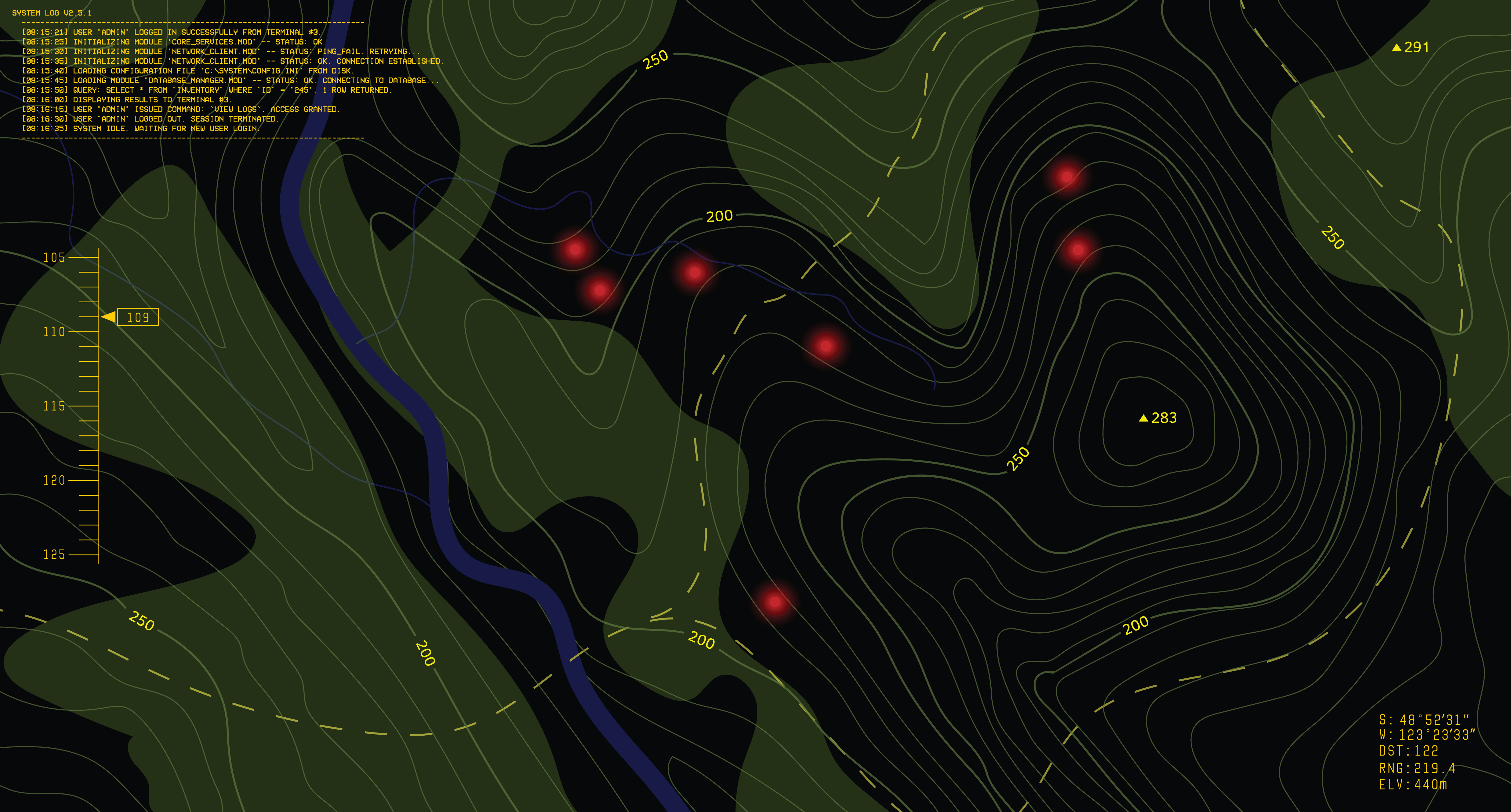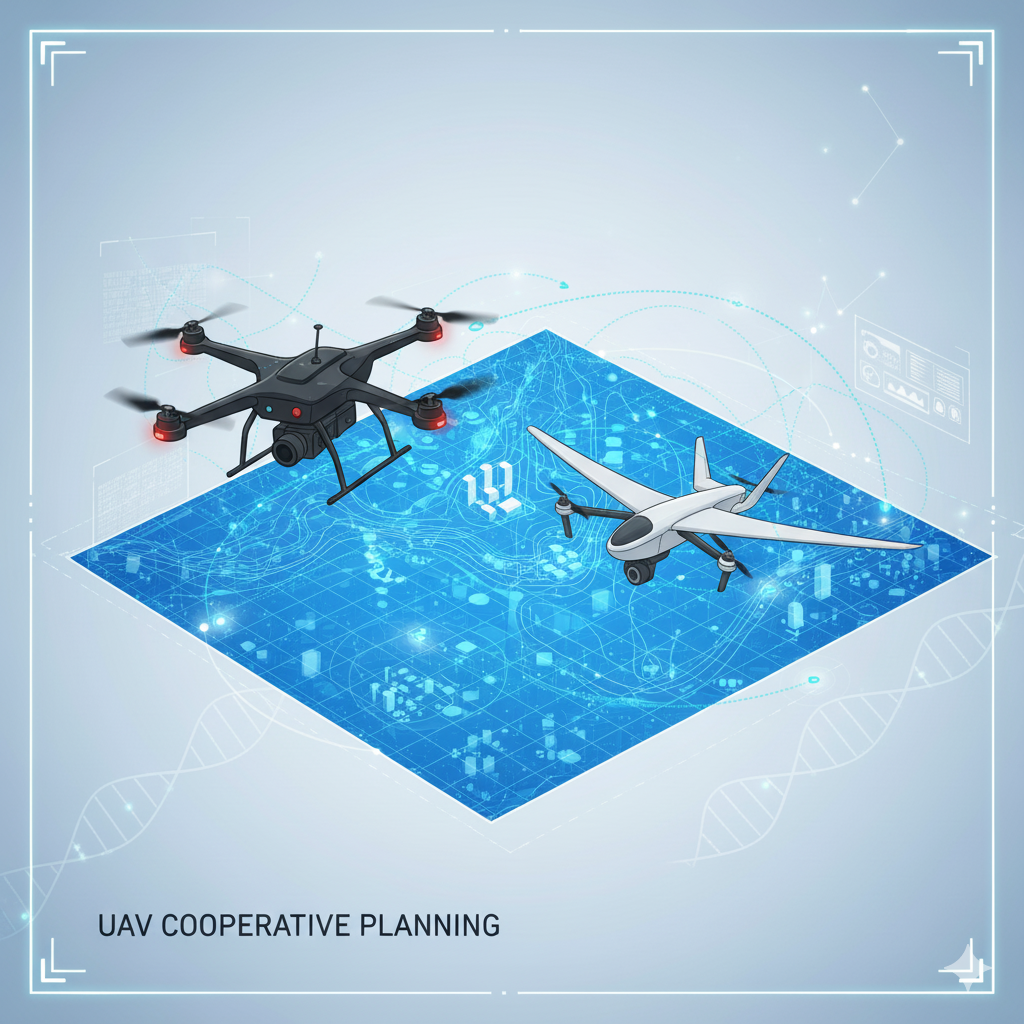Surrogate-assisted optimization is transforming satellite imaging mission planning by replacing computationally expensive physics-based simulations with fast-evaluating meta-models. This shift enables real-time exploration of complex design spaces and delivers actionable Pareto frontiers in minutes instead of weeks.
The challenge lies in the sheer computational load of modern constellation design. Traditional optimization requires thousands of orbital propagations, atmospheric models, and sensor performance evaluations each consuming hours of compute time. For mega-constellations or adaptive imaging schedules, this can stretch into weeks or months before engineers even test a single iteration.
By learning from a limited set of high-fidelity simulations, surrogate-assisted algorithms approximate the rest with lightweight models. This approach makes previously intractable design problems manageable, allowing mission planners to explore trade-offs such as coverage, revisit frequency, resolution, and cost in a fraction of the time.
Fundamentals of Surrogate-Assisted Multi-Objective Algorithms
Surrogate models act as computational stand-ins for expensive objective functions, using statistical or machine learning methods to approximate their behavior. The process begins with strategic sampling of the design space, training surrogate models on these evaluations, and then guiding the optimization algorithm toward regions with the highest potential. This cycle repeats, with selective high-fidelity evaluations improving surrogate accuracy where it matters most.
The choice of surrogate model strongly influences performance. Gaussian Processes (Kriging) provide both predictions and uncertainty estimates, making them ideal for balancing exploration and exploitation. Radial Basis Functions (RBFs) offer robust interpolation and scale well to moderate-dimensional problems. Polynomial regression is interpretable but limited in handling complex, non-linear patterns. Neural networks capture high-dimensional relationships but demand substantial training data and careful regularization.
Multi-objective optimization compounds the challenge. Surrogates must capture several, often conflicting objectives at once while preserving accuracy across the Pareto frontier, the set of solutions where improving one metric requires trade-offs in another. To handle this, algorithms either build separate surrogates for each objective or develop multi-output models that capture correlations across objectives. The real test lies in keeping accuracy balanced across the frontier without biasing results toward objectives that are easier to approximate.
Applications in Satellite Imaging Optimization
Surrogate-assisted algorithms deliver measurable benefits across core satellite imaging challenges, from coverage to cost to scheduling.
Imaging Coverage Optimization
Achieving global coverage is one of the most computationally demanding problems in constellation design. Traditional methods require detailed orbital mechanics simulations for every configuration accounting for Earth’s rotation, seasonal shifts, and target windows often over months of orbital evolution.
Surrogate-assisted optimization reduces this burden by learning coverage patterns from strategically sampled configurations. Once trained, the surrogates can rapidly evaluate thousands of design options, capturing the link between orbital parameters (inclination, altitude, phasing) and coverage metrics (revisit time, gap duration, latency). Studies show that these methods cut 40–80% of expensive function evaluations while still matching the quality of traditional approaches.
Cost vs. Performance Trade-offs
Constellation design always involves trade-offs between performance and expense. Launch costs, manufacturing, ground systems, and operations combine into a highly non-linear cost landscape. Traditional optimization requires full cost modeling for every candidate, an impractical approach at constellation scale.
With surrogate-assisted methods, cost-performance relationships can be learned from limited evaluations. This enables mission planners to explore design trade-offs far more efficiently, revealing configurations that achieve required performance at minimum expense. In many cases, these methods surface counter-intuitive solutions where strategic constellation choices outperform brute-force scaling.
Adaptive Revisit Time Scheduling
Scheduling adds another layer of complexity: revisit frequency depends on shifting priorities, weather, competing demands, and limited resources. These dynamics create optimization landscapes that resist analytical solutions.
Surrogate-assisted algorithms model these dependencies directly, predicting scheduling performance across scenarios. This allows rapid testing of adaptive strategies and supports responsive missions where imaging priorities change in real time. By mapping how allocation decisions affect mission outcomes, surrogates enable planners to adjust schedules dynamically without starting from scratch.
Challenges in Implementing Surrogate-Assisted Algorithms
Despite their advantages, surrogate-assisted algorithms introduce practical and technical hurdles that teams must address to see consistent results. These challenges often stem from the trade-offs between accuracy, efficiency, and integration complexity.
- Surrogate Model Accuracy: Poorly trained surrogates can mislead the optimizer toward suboptimal regions, causing teams to miss better-performing solutions. This issue is amplified in high-dimensional problems where training demands extensive data.
- Computational overhead: While surrogates reduce costly simulation calls, building and updating models, especially deep neural networks can introduce significant training time and resource consumption, sometimes offsetting the expected efficiency gains.
- Integration with Legacy Simulators: Many high-fidelity tools lack modern APIs for automation. Teams must often manage diverse data formats, distributed simulations, and error handling manually, creating workflow bottlenecks and higher development costs.
- Expertise Barrier: Effective implementation requires combined expertise in optimization, statistical modeling, and physics. Without interdisciplinary skills, organizations struggle with validating surrogate reliability, tuning acquisition strategies, and knowing when predictions become unreliable.
Benefits of Surrogate-Assisted Multi-Objective Algorithms
When implemented effectively, surrogate-assisted algorithms unlock transformative capabilities that accelerate satellite imaging mission design and enable deeper exploration of trade-offs.
- Computational Time Reduction: Optimization cycles that once required weeks of simulation now finish in hours or days, enabling rapid iteration, sensitivity analysis, and robustness testing.
- Comprehensive Trade-Off Analysis: By mapping full Pareto frontiers, these algorithms reveal how design choices affect multiple objectives simultaneously, giving planners a systems-level perspective instead of isolated point evaluations.
- Flexibility Across Missions: The same framework adapts to diverse contexts from small-satellite constellations to mega-constellation deployments while tailoring optimization guidance to mission-specific constraints.
- Scalability with Problem Size: Unlike traditional methods that bog down as constellations grow, surrogate-assisted algorithms maintain efficiency by directing expensive evaluations toward the most promising regions, making them well-suited for next-generation missions involving hundreds or thousands of satellites.
How BQP Enhances Surrogate-Assisted Multi-Objective Optimization
Classical surrogate-assisted algorithms accelerate mission design but still struggle with accuracy, scalability, and integration challenges. BQP’s quantum-inspired approach tackles these limitations head-on, embedding physics into surrogate models, accelerating optimization speed, and aligning solutions with real-world satellite imaging requirements.
- Physics-Informed Surrogates with QA-PINNs: Embeds orbital mechanics and sensor physics directly into surrogate models, while quantum feature-extraction improves training efficiency and reduces data requirements.
- Seamless Hybrid Integration: Works alongside existing HPC and simulation workflows, enabling incremental adoption without system replacement. Teams can enhance specific optimization tasks while keeping familiar tools.
- QIEO-Powered Optimization Speed: Quantum-inspired evolutionary solvers achieve up to 20× faster performance, efficiently exploring high-dimensional design spaces with fewer surrogate evaluations.
- Mission-Specific Templates: Pre-configured workflows for coverage optimization, cost-performance trade-offs, and adaptive scheduling reduce setup time and align directly with satellite imaging mission requirements.
- Practical Application Example: Designing a cost-efficient Earth observation constellation by combining QA-PINNs for surrogate modeling, QIEO solvers for exploration, and real-time dashboards for monitoring optimization progress and solution quality.
Together, these capabilities shift surrogate-assisted optimization from a research-heavy tool into a practical, deployable solution for aerospace engineering teams. For example, BQP has demonstrated cost-efficient constellation design workflows that combine QA-PINNs for orbital modeling, QIEO solvers for Pareto exploration, and real-time dashboards for monitoring solution quality.
Ready to see how quantum-inspired optimization can redefine your satellite imaging missions? Talk to our team at BQP and explore a platform built to accelerate design, cut costs, and deliver better mission outcomes.Start your 30 day free trail today!!!
Future Directions
The path forward for surrogate-assisted optimization isn’t just about faster computations—it’s about embedding intelligence directly into mission operations. Imagine optimization systems that learn from every orbit, every imaging pass, and every system anomaly, evolving in step with the missions they serve. That’s where the field is heading.
Digital twin integration will make optimization truly “living,” with surrogates updating continuously as telemetry streams in. Quantum-classical pipelines will mature, with specialized quantum routines handling hard subproblems while classical models balance the broader trade space. Self-learning surrogates will carry knowledge forward across missions, accelerating design cycles with built-in experience. And uncertainty-aware models will shift planning from reactive to risk-informed, highlighting where confidence is high and where further validation is critical.
Taken together, these advances point toward a future where satellite imaging missions are adaptive by design able to adjust to shifting objectives, resource constraints, and operational realities in real time. The long-term vision isn’t just optimization. It’s resilience.
Conclusion: Smarter Imaging Through Surrogate Assistance
Surrogate-assisted multi-objective optimization has matured from academic research to operational necessity for satellite imaging mission design. The computational demands of modern constellation optimization require approaches that balance solution quality with practical time constraints, making surrogate methods indispensable for competitive mission planning.
The technology's impact extends beyond computational efficiency to enable new design methodologies that were previously impossible. Mission planners can now explore comprehensive trade-off spaces, evaluate adaptive operational strategies, and optimize for multiple stakeholder objectives simultaneously. This capability transforms satellite imaging from reactive mission execution to proactive design optimization that anticipates and adapts to changing requirements.
Success requires more than algorithmic sophistication; effective implementation demands integration with operational workflows, validation against mission requirements, and continuous refinement based on operational experience. The most impactful deployments combine advanced optimization algorithms with domain expertise, practical constraints, and operational realism.
Discover how BQP's surrogate-assisted algorithms can cut simulation time and deliver mission-ready satellite imaging designs. Book a 30 day free trial today !
FAQ’s
1. What are surrogate-assisted algorithms in satellite imaging?
They use simplified predictive models (surrogates) to approximate complex simulations, making optimization for satellite imaging faster and less resource-intensive.
2. Why are multi-objective algorithms important in satellite imaging?
Satellite imaging missions must balance competing goals like image resolution, coverage, power consumption, and data transmission. Multi-objective algorithms help optimize across these tradeoffs simultaneously.
3. How do surrogate models improve optimization speed?
Instead of running full-scale simulations for every design scenario, surrogate models provide quick approximations, reducing computation time while maintaining accuracy in decision-making.
4. What challenges do surrogate-assisted approaches solve in aerospace missions?
They help overcome high computational costs, limited onboard resources, and the need for real-time decision-making in dynamic satellite imaging environments.
5. Can surrogate-assisted multi-objective algorithms be applied beyond satellite imaging?
Yes. These methods are also used in trajectory optimization, UAV swarm coordination, and aerospace design, wherever fast and accurate multi-objective optimization is required.





.png)
.png)




.svg)
.svg)
.svg)
.svg)